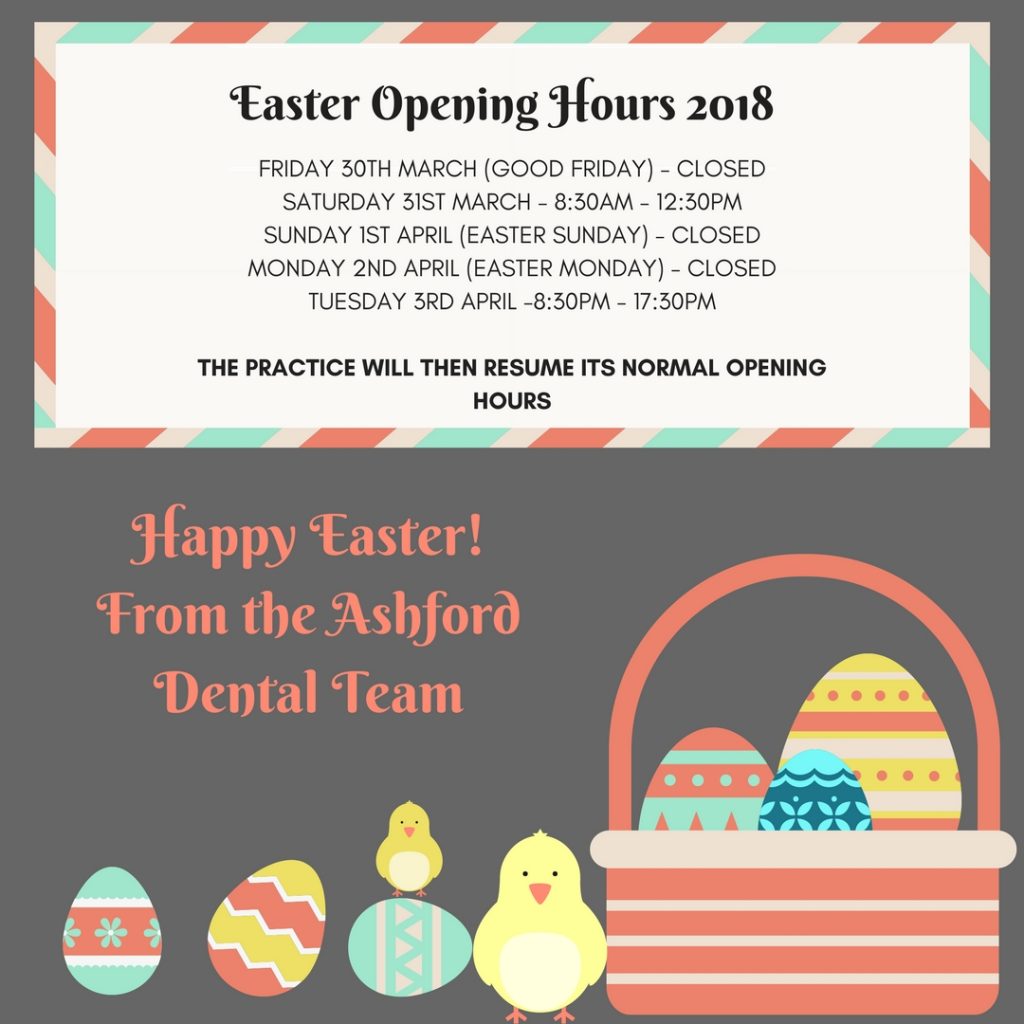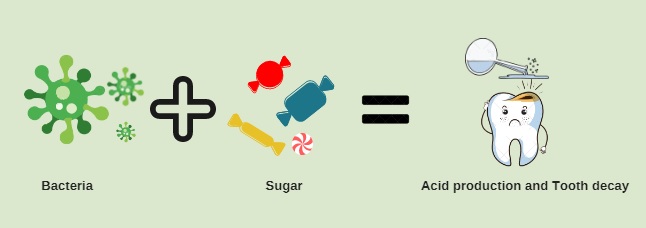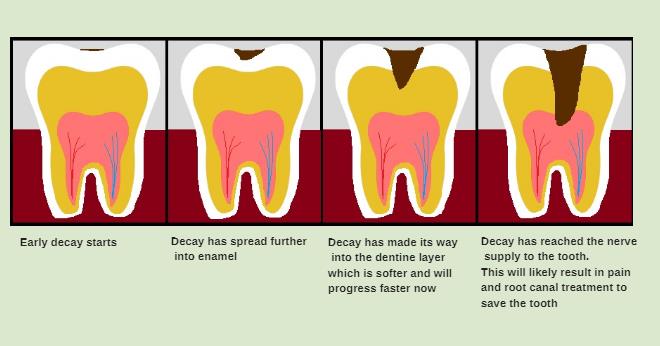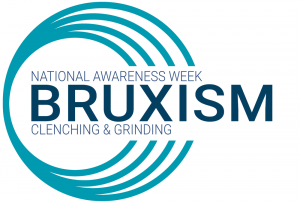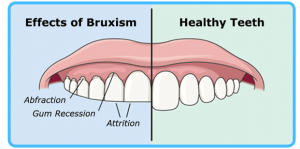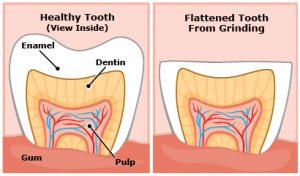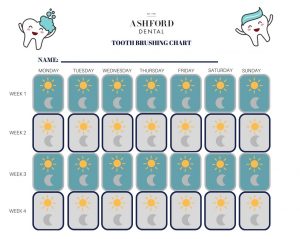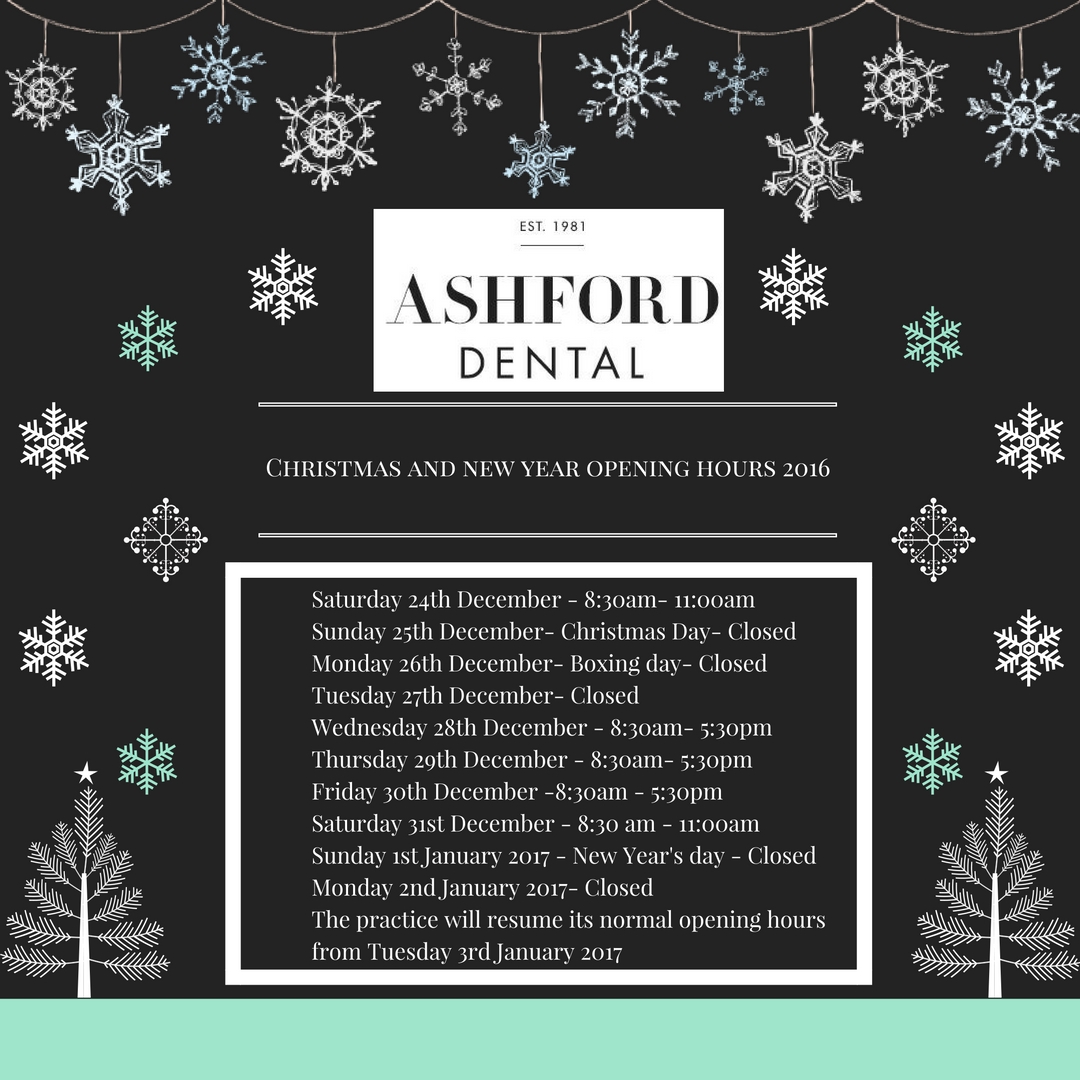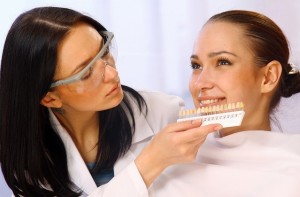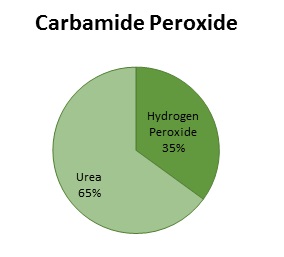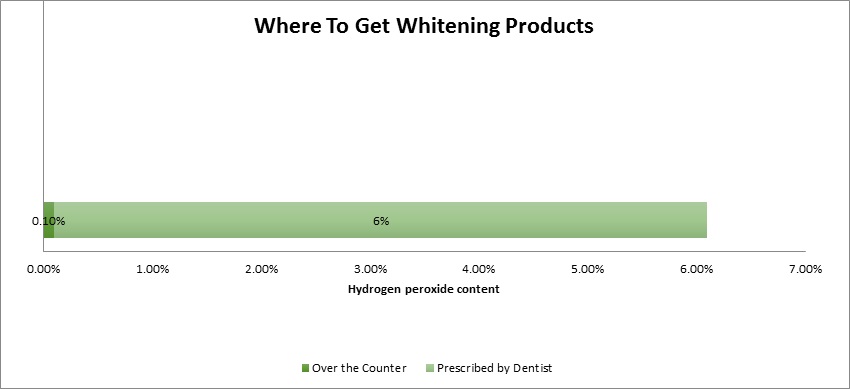Author: Fiona Mcintosh
When You Smile the World Smiles with You
Now we are reaching the end of the winter months, and Spring is round the corner, we can put the “winter blues” behind us We find the dark mornings, and at the end of a working day the dark journeys home, tiring, and don’t find many things to smile about.
January seems a long month to many we are reviewing our finances for the following year.
Often finding decisions we need to make to better ourselves and our lives sometimes challenging.
But if you invest in your physical health, it can help in many ways. Improve your mental well -being and make you more productive. Im lucky to be blessed with good health, but it’s a constant investment of my time and will power.
I enjoy running, but find it hard to leave the warmth of the house on the cold wintery days, but then I remember, of all the lovely sights of nature I observe during the run and the feeling after. It makes me smile…My children often observe that Im better and happier person after a run.
The important thing for me though is to smile and be kind to the people I meet. Life is too short to be miserable..
So smile and see who smiles back….
Roma’s first Blog
So this is my first ever blog, and Im a bit fearful on how it will be perceived by you the reader.
Having been on an amazing course today run by an exceptional dental business guru, Chris Barrow, with my lovely colleague Fiona, I feel inspired and confident enough to take the plunge…
So what did I learn from today. Well its never too late to improve yourself, be it physically, mentally or emotionally.
The way we communicate now is so fast and technology based, but still the art of conversation hasn’t completely died.
As much as I hear and read that artificial intelligence will help us as a human race to live longer and more healthily we still need that human touch.
As a dentist for over 20 years I have learnt the art to listen, and respond with empathy, and hopefully make the people I have the privilege to treat feel at ease.
In our practice were not here to judge, your oral health, but to guide you and help you restore your confidence in smiling more freely and confidently
But like you I have my fears, but together if we surround ourselves with the right people we can overcome them, one step at a time, or even one tooth at a time..
Roma
Our transformation
Our patients will be aware that over the last few years we have had quite an amazing face lift. Our old decor was really letting us down and we just wanted to create a warm comfortable homely yet modern environment.
We wanted to update our practice to reflect just how much pride and care we take with our work.
Many of you will remember how our practice used to look, however for new patients or for a reminder please see below.
The renovations took longer than expected as we felt we needed to ensure our building would withstand the test of time.
If you see below you will probably understand the extent of work that was involved.
And then we have the final product which we are all still thrilled with.
We ditched the green and opened up our reception which is now airy and full of light.
Christmas and New Years Opening hours 2017
Tooth Decay – A quick explanation
With the season for treats and chocolate gifts approaching we just wanted to provide a bit of information on tooth decay to our patients. So you can enjoy Christmas without the toothache in January.
Tooth decay and erosion can occur when we have high sugar diets.
It’s not the sugar itself but the chain reaction in the mouth that occurs after eating.
Your mouth is an ecosystem containing hundreds of bacteria, many of which are friendly!
However there are some that actually feed on the sugar you eat and release acids which destroy the tooth enamel. The tooth enamel is that white shiny layer of the tooth. Teeth are mainly composed of calcium, phosphorus and other minerals and if you remember from chemistry lessons at school acids dissolve many substances.
Below is the formula for tooth decay.
If sugar habits don’t change, tooth decay will progress further and further. You will be essentially feeding the bacteria, and the more you feed them the more acid production there is. The diagram below shows the progression of decay.
So how can you reduce sugar intake and prevent decay?
Simply cut down on chocolate, sweets, fizzy drinks and fruit juices, also check the label of other food as there are many hidden sugars within foods such as crisps and ketchup.
http://www.healthyfood.co.uk/wp-content/uploads/2016/02/How-to-cut-hidden-sugar-guide.pdf
Reduce the frequency, if you do feel the need for a bar of chocolate after a hard day at work then eat it in one go, if you eat 12 individual pieces throughout the day you are actually increasing the frequency of sugar and the number of acid attacks in the day.
Also drink water after to help neutralise the PH in your mouth.
Early decay can be prevented by also applying fluoride toothpaste topically. Your dentist can show you the specific areas and how to do this effectively.
Book in for your six monthly check up so that early decay can be spotted by the dentist.
What is Bruxism?
This week it is Bruxism awareness week. So I thought that I would create a Blog informing people just what Bruxism is exactly, what it can cause and who is likely to be at risk. There is a lot of information out there so I will try to summarise the key points that I have found.
What is Bruxism?
Is a condition in which you grind, gnash or clench your teeth, this can cause tooth breakage and disorders of the jaw and lead to headaches.
You may be doing this unconsciously by clenching your teeth when you’re awake (awake bruxism) or clenching or grinding them during sleep (sleep bruxism)
Bruxism occurs in both children and adults but is most common in 25-44 year olds. However, most people grind and/or clench their teeth occasionally to a certain degree.
Sleep bruxism is considered a sleep-related movement disorder. People who clench or grind their teeth during sleep are more likely to have other sleep disorders, such as snoring and pauses in breathing (sleep apnea). Your partner will probably notice this before you do.
Mild bruxism may not require treatment. However, in some people, bruxism can be frequent and severe enough to need intervention.
If you have sleep bruxism, you may be completely unaware of it until complications develop, it’s important to know the signs and symptoms.
Signs and symptoms
- Teeth grinding or clenching, the sound of this especially during sleep may be loud enough to wake your partner.
- Teeth appear flattened, have multiple fractures and chips or become loose through gum recession
- Worn tooth enamel, exposing deeper layers of your tooth. Attrition and abfraction
- Increased tooth pain or sensitivity.
- Jaw muscles may feel tight or tired or even painful at times. Could cause antagonial notches in the mandible.
- Locked jaw that does not open and close completely,
- Neck and facial pain and soreness
- Earache like pain, however not caused by anything inside the ear but referred pain from the mouth
- Dull headache radiating from the temples.
- Cheek damage on the sides of the mouth, from chewing, your tongue may also show signs of bite marks.
- Sleep disruption
Below is a visual representation of just how much tooth wear can occur.
Risks factors that increase bruxism
- Stress- We all experience this, when we are feeling anxious, angry, frustrated and stressed this can lead to teeth grinding.
- Personality – Some personality types that are more hyperactive, aggressive or competitive can increase the risk of bruxism. Those will attention deficit hyperactivity disorder can be more prone.
- Medications and other substances- Can be a side effect of some medications such as antidepressants. Alcohol, caffeine and smoking tobacco and the use of recreational drugs can increase the risk of bruxism.
- Genetics – Sleep bruxism is common within families.
- Medical disorders- Some mental health and medical disorders can be associated with bruxism. For example: Parkinson’s disease, dementia, gastroesphageal reflux, epilepsy and night terrors.
- Sleep Disorders – Such as Sleep apnoea.
Long term Implications
- In the long term this can lead to damage to your teeth, restorations, or jaw.
- Tension headaches
- Facial or jaw pain
- Temporomandibular joint dysfunction , this may sound like clicking when you open and close your mouth
What can be done? What treatments are there? And how can you reduce the risks?
Firstly you should attend the dentist regularly to monitor and diagnose any problems that you may be experiencing.
If you grind they may recommend you to wear a mouth guard or a splint at night.This will ease the pressure across your jaw and create a barrier between your teeth to reduce further damage.Mouth guards are custom moulded to your mouth and are usually made of a thin plastic.Mouth splints are similar but made from a harder plastic and tend to be more hard wearing and last longer.
If you think you are grinding and clenching due to stress you may want to try a variety of ways to keep calm and unwind before bed. For example yoga, deep breathing, meditation. Cognitive behaviour therapy may be the answer.
Lifestyle changes will be needed such as reducing alcohol consumption and for smokers , it may be time to try to kick the habit.
The NHS choices website also suggests that you could try habit reversal techniques and record how often you grind or clench and when. Then with this information you can try to train yourself to relax the jaw however this may not be very successful for those who grind at night and there is no scientific evidence that this will cure Bruxism. There are self help books, or hypnosis may be worth exploring.
There is a plethora of help and advice out there and if you are experiencing anything like the symptoms above then mention this to your Dentist or GP and get them to offer you professional advice. It may not lead to long term health implications in every case but it is definitely something to be aware of. We all experience stress in our life and it really is a common problem among patients.
Tooth Brushing
We understand that getting children to brush their teeth can be difficult so we thought we would try to make things a little easier and fun and made this Tooth Brushing chart for you to print off as a little bit of encouragement to brush twice a day morning and night. Please print off as many as you like!
Christmas and New year Opening Hours 2016
What is Tooth Whitening?
What is it?
Tooth whitening is a type of aesthetic dental treatment that lightens the visible shade of your natural teeth, whilst retaining the tooth structure. As oral aesthetics become an increasingly important determining factor in various aspects of the modern person’s life, from one’s career to self-confidence, tooth whitening is burgeoning in popularity at a remarkable pace. This has led to an increase in organised efforts to improve and regulate its safe provision.
Tooth discolouration
Why would you choose to have tooth whitening done? Tooth discolouration is the predominant reason. This is caused by extrinsic and intrinsic factors. Most extrinsic stains can be removed through tooth whitening, but intrinsic stains may be much more difficult to eliminate.
- Extrinsic Stains
These are mostly due to lifestyle and eating habits. For instance, regular intake of foods and drinks like wine, soft drinks and coffee stains enamel, the outer layer of the tooth.
 Smoking is also a major culprit.
Smoking is also a major culprit.
But one thing we cannot avoid is the natural yellowing of our teeth as we grow older. This is because the light-colored outer layer of the tooth becomes thinner as we age, letting the darker-colored interior show through.
- Intrinsic Stains
Meanwhile, intrinsic factors include high fluoride intake or tetracycline use at an early age or a rare dental condition called dentinogenesis imperfecta. Trauma at an early age can also cause white or yellow discolorations on the internal layer of the tooth.
Tooth Whitening Products
Tooth whitening products fall into two main groups. The former group usually contains either hydrogen peroxide or carbamide peroxide, working in similar ways.
- Hydrogen Peroxide
Hydrogen peroxide is mostly used in whitening treatments carried out in-office by dental professionals, ranging in concentration from 0.1% to 6%. How does the process work? Before the product is applied, gel may be applied to your gums or a rubber dam may be used. This is to protect and isolate the soft tissues of the mouth from coming into contact with the active agent. After applying the gel, light or laser may be used to activate the bleaching agent, to enhance the whitening effect.
When delivered by a dental professional, in-office tooth whitening has a low risk, and its systemic effects are no longer considered to be a major safety issue. Here at Ashford Dental, we provide quality in-office whitening treatments, all by certified dental professionals held up to the highest standard. Because your health is our priority.
- Carbamide Peroxide
Carbamide peroxide is sometimes used in at-home whitening treatment courses prescribed and monitored by a dental professional. It is applied using trays, strips or brushes, with a custom-fitted mouthguard to protect your gums. This option is growing more popular as time efficiency and the comfort of home become joint priorities for many. Do note that, as with in-office treatments, care must be taken in order to prevent chemical burn to the gums and mouth.
Whitening treatments sold over the counter must contain less than 0.1% hydrogen peroxide. However according to the Lay Advisory Group of the FGDP(UK), an effective whitening outcome can only be achieved with products that contain or release hydrogen peroxide at 3.6% or more.
Risks
As with all treatments, tooth whitening has its associated risks. It may cause damage to surrounding cells. Besides that, there is a risk of swallowing the treatment gel. In the dental clinic, the close attention of professionals enables these risks to be minimised. There is also more complete provision of precautions and facilities to deal with any mishaps.
Side Effects
Other than risks, tooth whitening also has some side effects that may or may not affect some people. These include elevated teeth sensitivity to hot and cold, and gum irritation. Your dentist is responsible for assessing your oral health status, determining the most suitable treatment for you, monitoring you and following your progress to make sure that side effects are mitigated. This is where we at Ashford Dental come in. Our well-trained, dedicated dentists have accumulated experience in treating patients exactly like you. If you have any queries, please do contact us to find out more about your treatment options and how we can help you achieve the smile of your dreams.
Written for Ashford Dental, by Kai Ng
References:
General Dental Council Publications. Considering Tooth Whitening; 2014 [pdf]. Available at https://www.gdc-uk.org/Newsandpublications/Publications/Publications/Considering%20Tooth%20Whitening.pdf
Ishikawa, M. , Satoh, K. , Miyashin, M. A clinical study of traumatic injuries to deciduous teeth. (3). The influence on their permanent successors. Shoni Shikagaku Zasshi. The Japanese Journal of Pedodontics 1990; 28(2), p.397-406.
General Dental Council Publications. Position Statement on Tooth Whitening UD; 2014 [pdf]. Available at https://www.gdc-uk.org/Membersofpublic/Illegalpractice/Documents/Position%20Statement%20on%20Tooth%20Whitening%20UD%2029.05.pdf
Li, Y. Safety controversies in tooth bleaching. Dent Clin N Am 2011; 55: p255–263.
Tavares M, Stultz J, Newman M, Smith V, Kent R, Carpino E, Goodson JM. Light augments tooth whitening with peroxide. J Am Dent Assoc. 2003 Feb;134(2):167-75.
Floyd R A. Role of oxygen free radicals in carcinogenesis and brain ischemia. FASEB J1990; 4: 2587–2597.
Li Y. The safety of peroxide-containing at-home tooth whiteners. Compend Contin Educ Dent 2003; 24: 384–389.
